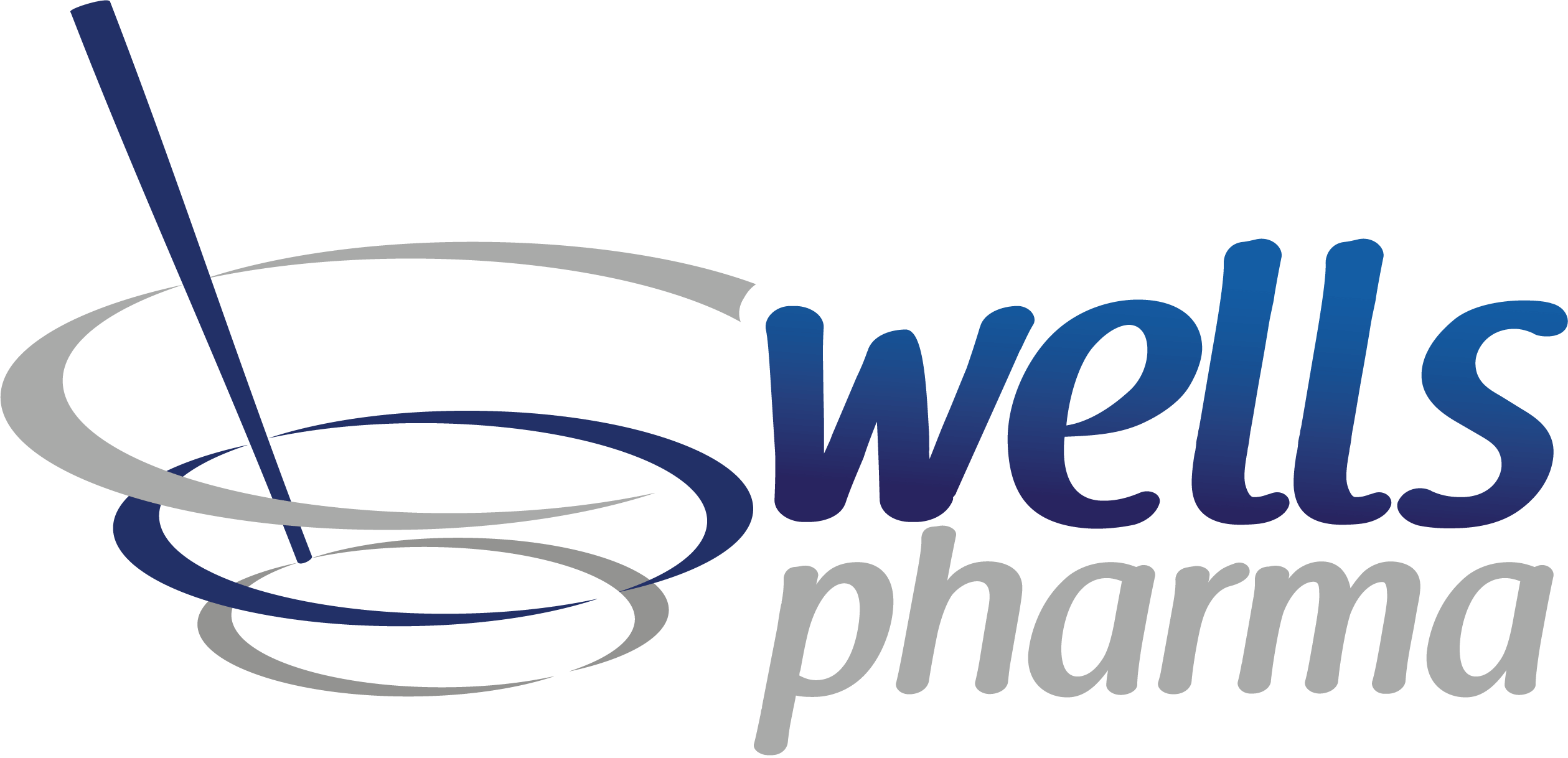Now Available
- Cefazolin 1 gm in SWFI (10 mL in 10 mL syr)
- Cefazolin 2 gm in SWFI (10 mL in 10 mL syr)
- Cefazolin 2 gm in SWFI (20 mL in 30 mL syr)
- Cefazolin 1 gm added to 0.9 Sodium Chloride (110 mL in 100 mL bag)
- Cefazolin 2 gm added to 0.9 Sodium Chloride (120 mL in 100 mL bag)
- Cefazolin 3 gm added to 0.9 Sodium Chloride (130 mL in 100 mL bag)
Important Information
Antibiotic therapy is a critical part of hospital care. Treating and preventing infections in the perioperative and postoperative setting is a key part of a successful surgery. Hospitals utilize various beta-lactam antibiotics in order to save lives and prevent surgical infections.
Did you Know?
Over 50% of all hospital patients receive antibiotics during their stay. Cephalosporins are the most widely prescribed class of drugs in all hospital wards. (Alemkere A, Tenna A, Engidawork E, Antibiotic use practice and predictors of hospital outcome among patients with systemic bacterial infection: Identifying targets for antibiotic health care resource stewardship; PLos One; 2019: 14(2): e0212661.)
Surgical Site Infections
SSIs are responsible for up to 20% of all healthcare-acquired infections outside of the intensive care unit and are the most common cause of healthcare-acquired infections among surgical patients. (Klevens RM, Edwards JR, Richards CL Jr, Horan TC, Gaynes RP, Pollock DA, Cardo DM, Estimating healthcare-associated infections and deaths in U.S. hospitals, 2002; Public Health Rep.; 2007 Mar-Apr; 122(2): 160-6.)
